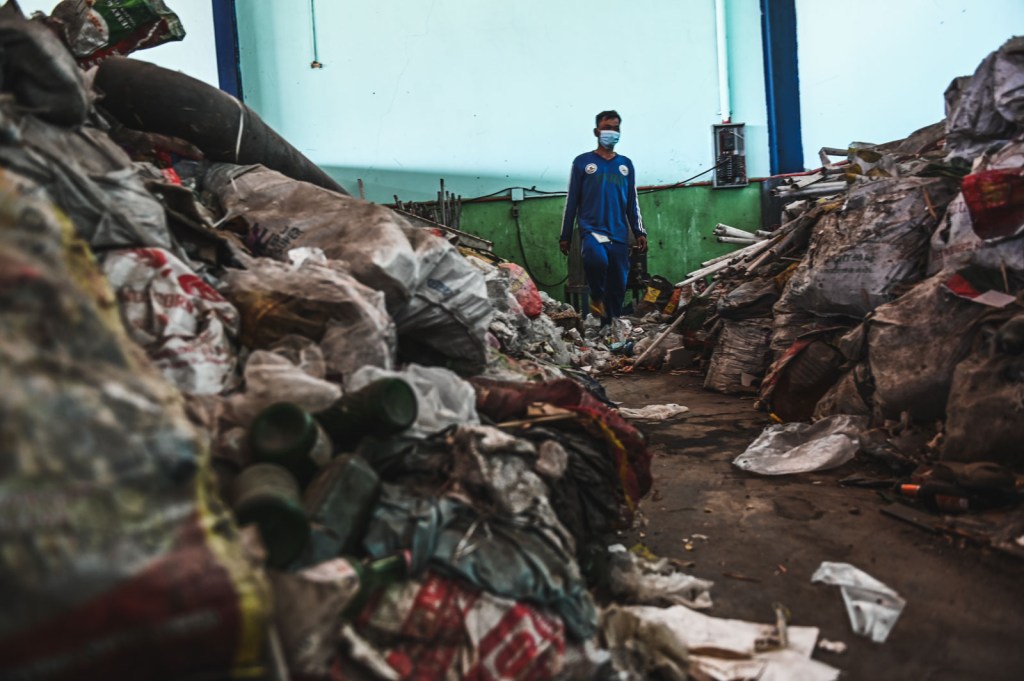The survivors of the world’s worst industrial disaster now have to live with the additional threat of the coronavirus, as the pandemic saw another Bhopal gas tragedy survivor lose their life to coronavirus on April 22, raising the total count of coronavirus deaths in the city to 10. All of these deaths were of Bhopal gas tragedy victims and nearly all of them tested positive after death, including the latest victim, 70-year-old Razaq Qureshi, a resident of Putlighar. Qureshi died at the state-run Hamidia Hospital and his report came positive on April 24—two days after his death. The gas survivor community, which consists of as many as 5.5 lakh gas tragedy survivors, is now living in fear of the virus and its consequences on their weakened bodies.
The Bhopal Gas Tragedy, one of the worst industrial accidents in the world, happened at midnight on December 2, 1984, when methyl isocyanate (MIC), a dangerous chemical, spilled out from Union Carbide India Ltd’s (UCIL’s) pesticide factory. The toxic substance made its way in and around the city and turned it into a gas chamber. It was India’s first major industrial disaster—about 40 tonnes of MIC killed more than 3,900 people directly and around 16,000 people indirectly from gas-related diseases, also infecting over 600,000 workers. The gas tragedy left the air and water of the area severely contaminated and unfit for human use. Moreover, the gas tragedy damaged the lungs and other organs of the survivors, leaving them with weakened immunity and pre-existing conditions like cardiovascular disorders, diabetes, hypertension and kidney ailments—which means that in the ongoing situation, they are even more vulnerable to COVID-19.
Videos by VICE
On March 21, four activist groups wrote to the Union Health Minister, asking for more attention to the gas tragedy survivors who are now more vulnerable. However, the Bhopal Memorial Hospital and Research Centre (BMHRC)—a facility meant exclusively for gas victims—was converted into a COVID-19 facility on March 22. Post this, in the next three weeks, not a single patient, COVID-19 or otherwise, was admitted to BMHRC—they refused to treat any gas victim and did not treat COVID-19 patients either as the protocol was not in place. Survivor Praveen Kumar Malviya talked of the “ill-treatment” being meted out to gas victims and told The Times of India, “I have had respiratory trouble since my exposure to the gas. I have heard about coronavirus and its impact on the lungs. But no one has bothered to guide me on what precautions gas victims should take.”
The government’s mismanagement of BMHRC resulted in the loss of resources and caused three deaths. After repeated petitions to the health department, as well as a lawsuit with the Madhya Pradesh High Court, the hospital was returned to its former function as a facility for gas tragedy survivors—however, the protocol to deal with suspected COVID-19 patients is still not in place. The Madhya Pradesh Principal Secretary of Health and Family Welfare, who also oversees gas relief operations and health, tested positive for coronavirus and is now in quarantine.
It is not only the gas survivors who are at high risk though. A study done by the National Institute of Epidemiology says people with compromised lung functions and weakened immunity born out of living in polluted areas, are more prone to infections like coronavirus. In fact, Ennore, an industrial neighbourhood in Chennai, is a pollution hotspot due to the presence of a cluster of thermal power plants and indicates a serious threat of COVID-19.
Follow Satviki on Instagram.




